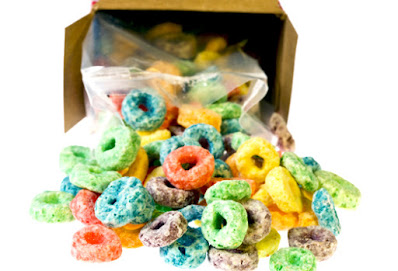WE OWE CATERPILLARS FOR SPICY MUSTARD
"We found the hereditary proof for an arms race in between plants such as mustards, cabbage, and broccoli and bugs such as cabbage butterflies," says Chris Pires, scientist at the College of Missouri Bond Life Sciences Facility and partner teacher of organic sciences.
bermain judi slot online terdapat banyak
"These plants copied their genome and those several duplicates of genetics evolved new characteristics such as these chemical defenses and after that cabbage butterflies reacted by developing new ways to combat versus them."
OFF-PUTTING FLAVORS
While you might such as the zing in mustard, bugs do not.
Substances, called glucosinolates, produce these sharp tastes in plants to prevent caterpillars, butterflies, and various other insects. Brassicales species first evolved glucosinolate defenses about the KT Boundary—when dinosaurs went extinct—and eventually varied to synthesize greater than 120 various kinds of this substance.
For most bugs, these glucosinolates show harmful, but certain ones such as the cabbage butterfly evolved ways to cleanse the substances.
"Seeing the variant in the cleansing systems amongst species and their gene duplicates gave us important transformative understandings," says Hanna Heidel-Fischer, a lead writer of the study that is centered at the Max Plank Institute for Chemical Ecology in Germany.
To appearance at these hereditary distinctions, the group used 9 current Brassicales genomes as well as produced transcriptomes—the set of all RNA in a cell—across 14 Brassicales families. This let the group map an transformative family tree of kinds over the centuries, seeing where significant protection changes occurred. This family tree was compared to the family tree of 9 key species of Pieridae butterflies, that includes the cabbage butterfly.
Pires and his associates determined 3 considerable transformative waves over 80 million years, where plants developed defenses and bugs evolved respond to strategies.
"We found that the beginning of new chemicals in the grow occurred through gene duplications that inscribe unique functions instead compared to solitary mutations," says Rub Edger, a previous postdoctoral scientist at College of Missouri and lead writer of the study. "Provided sufficient quantities of time the bugs consistently developed respond to defenses and adjustments to these new grow defenses."
This back-and-forth stress led to the development of a lot more species of plants and butterflies compared to in various other teams without glucosinolate stress.
BUTTERFLIES AND CABBAGE
About half a century back 2 now-renowned biologists, Peter Raven and Paul Erhlich, presented the idea of co-evolution to scientific research. Using cabbage butterflies and Brassica plants as an archetype, both released a landmark study in 1964 progressing the idea that 2 species can equally influence the development and development of each various other.
To explore the genes of how this works, Pires' laboratory partnered with Chris Wheat, teacher of populace genes in the zoology division at Stockholm College.
"Using Ehrlich and Raven's concepts and models, we looked at the transformative backgrounds of these plants and butterflies side-by-side and found that significant advancements in the chemical defenses of the plants were complied with by butterflies developing counter-tactics that enabled them to maintain consuming these plants," Wheat says.
This research provides striking support for the ideas of Ehrlich and Raven released half a century back.



